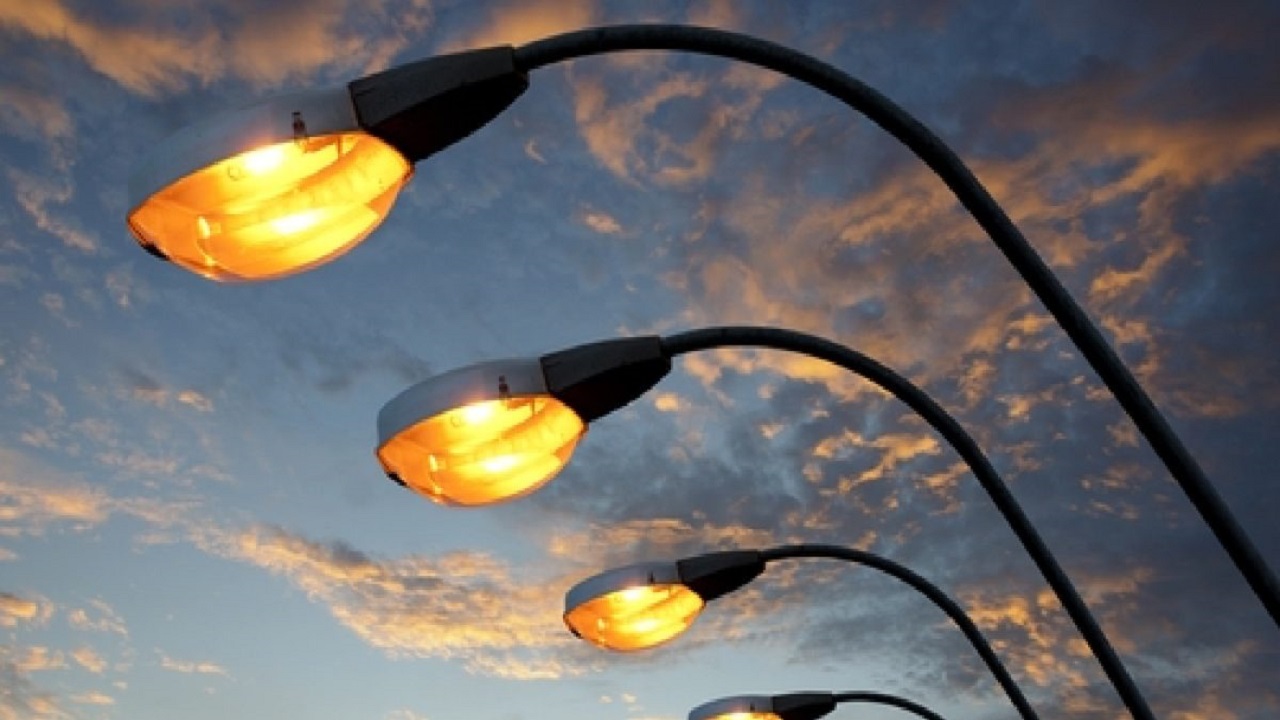In the world of illumination, the evolution from conventional metal halide bulbs to modern LED lights marks a significant leap in energy efficiency, sustainability, and lighting quality. This transition has not only revolutionized the way we light up spaces but has also brought about profound changes in various industries and everyday life. Understanding this shift entails delving into the characteristics, drawbacks, and eventual advantages of both metal halide bulbs and LED lights. Let’s explore the replacement of Metal Halide bulbs with LED lights which signifies a transformative leap towards energy efficiency and sustainability in lighting technology.
Metal Halide Bulbs: An Overview
Metal halide bulbs, once hailed as a breakthrough in lighting technology, operate by passing an electric current through a gas containing metal halides and a blend of other gases. These bulbs emit a bright white light that closely resembles natural daylight, making them popular choices for outdoor lighting, stadiums, warehouses, and large indoor spaces. However, despite their initial appeal, metal halide bulbs come with several drawbacks.
Energy Consumption and Electricity Costs
One of the primary drawbacks of metal halide bulbs is their high energy consumption. These bulbs require a significant amount of power to operate efficiently, leading to substantial electricity costs, especially in commercial and industrial settings where large numbers of these bulbs are used. Moreover, their inefficiency results in considerable heat generation, further adding to energy expenses and creating thermal management challenges.
The Shift to LED Lights
With growing concerns about energy conservation, sustainability, and environmental impact, the lighting industry witnessed a paradigm shift towards more energy-efficient alternatives. LED (Light Emitting Diode) lights emerged as the frontrunners in this transition, offering unparalleled benefits over traditional metal halide bulbs.
Advantages of LED Lights over Metal Halide Bulbs
Energy Efficiency
LED lights are renowned for their exceptional energy efficiency, consuming significantly less power than metal halide bulbs while producing the same or even higher levels of brightness. This efficiency translates to substantial savings on electricity bills and reduced carbon emissions, aligning with sustainability goals and regulations.
Longevity
LED lights boast an impressively long lifespan compared to metal halide bulbs. While metal halide bulbs typically last around 6,000 to 15,000 hours, Revolve LED lights can endure upwards of 50,000 hours of operation, resulting in fewer replacements and lower maintenance costs over time.
Instantaneous Illumination
Unlike metal halide bulbs, which often require a warm-up period to reach full brightness, LED lights provide instantaneous illumination. This instant-on feature enhances safety and convenience, particularly in environments where prompt lighting is crucial, such as parking lots and sports arenas.
Directional Lighting
LED lights are inherently directional, meaning they emit light in a specific direction without the need for reflectors or diffusers. This characteristic allows for more precise lighting control, minimizing light spillage and maximizing illumination efficiency, thereby enhancing visibility and reducing light pollution.
Environmental Benefits
LED lights contain no toxic materials such as mercury, unlike metal halide bulbs, making them safer to handle and dispose of. Additionally, their reduced energy consumption and extended lifespan contribute to lower carbon emissions and a smaller ecological footprint, aligning with sustainability initiatives and regulations.
Conclusion
The transition from metal halide bulbs to LED lights signifies a remarkable advancement in lighting technology, characterized by enhanced energy efficiency, longevity, and lighting quality. While metal halide bulbs served as stalwarts in the past, their inefficiencies and environmental drawbacks paved the way for the widespread adoption of Revolve LED lighting solutions. As we continue to prioritize sustainability and innovation, LED lights stand as beacons of progress, illuminating the path toward a brighter, more energy-efficient future.


